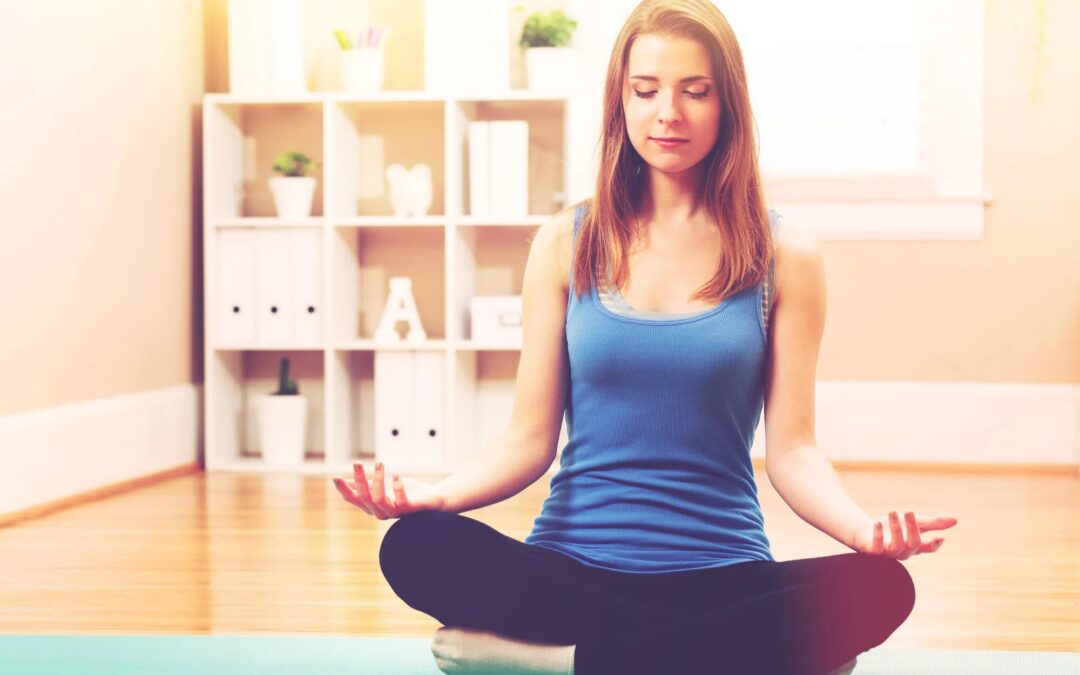Aerobic exercises for anxiety and depression, such as running, cycling, or brisk walking, are highly effective in combating these mental health challenges. These aerobic activities increase the production of endorphins, the brain’s natural mood lifters. Aim for at least 30 minutes of moderate-intensity aerobic exercise most days of the week to harness the full benefits.
The Impact of Aerobic Exercises for Anxiety and Depression
Aerobic exercises, such as running, cycling, or brisk walking, are highly effective in combating anxiety and depression. These activities increase the production of endorphins, the brain’s natural mood lifters. Aim for at least 30 minutes of moderate-intensity aerobic exercise most days of the week. Regular aerobic activity helps reduce stress hormones like cortisol and improves cardiovascular health, contributing to overall mental well-being.
The Mental Health Benefits of Yoga for Anxiety and Depression
Yoga combines physical postures, breathing exercises, and meditation, making it an excellent practice for mental health. The mindful movements and deep breathing in yoga can help calm the mind, reduce anxiety, and enhance mood. Consider incorporating yoga into your routine several times a week. Classes or online videos can guide you through various poses and techniques designed to promote relaxation and mental clarity.

Strength Training for Anxiety and Depression
Strength training, such as weightlifting or bodyweight exercises, can also be beneficial for mental health. Engaging in resistance training helps release endorphins, which improve mood and reduce symptoms of anxiety and depression. Strength training not only enhances physical strength but also boosts self-esteem and confidence. Aim for two to three strength-training sessions per week, focusing on different muscle groups. The Mayo Clinic explaining how strength training can improve mental health.
Swimming for Mental Health
Swimming is a low-impact exercise that provides a full-body workout while being gentle on the joints. The rhythmic motion of swimming, combined with the calming effect of water, can help reduce stress and improve mood. Swimming also promotes relaxation and improves cardiovascular fitness. Try to swim laps or participate in water aerobics a few times a week to experience its mental health benefits.
The Mental Health Benefits of Walking in Nature
Walking in nature, or “green exercise,” combines the benefits of physical activity with the therapeutic effects of being outdoors. Spending time in natural settings can lower stress levels, boost mood, and increase feelings of well-being. Take regular walks in parks, forests, or other natural environments to experience the calming effects of nature and get some exercise at the same time.
The Mental Health Boost of Dancing
Dancing is a fun and effective way to improve your mood and reduce anxiety. Whether you join a dance class, follow an online routine, or simply dance at home, moving to music can lift your spirits and provide a sense of freedom and joy. Dance releases endorphins, reduces stress, and can be a powerful way to express emotions. Incorporate dance into your weekly routine to enhance your mental health and have fun.

